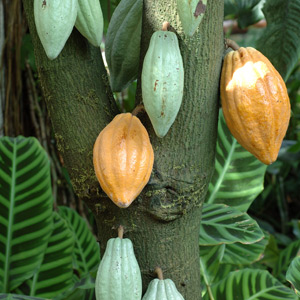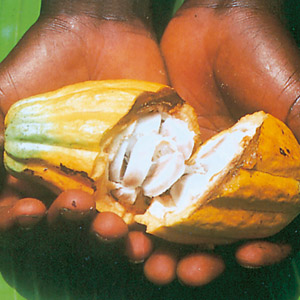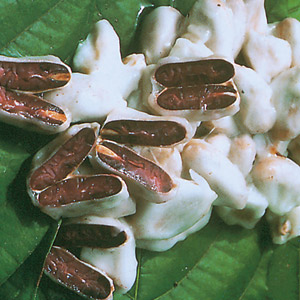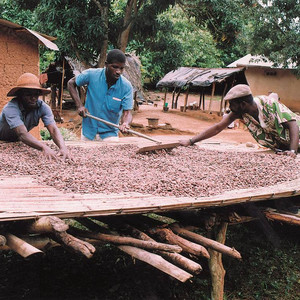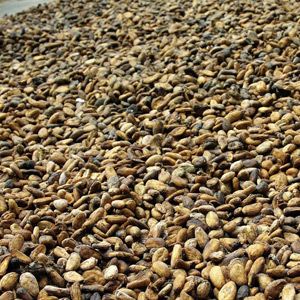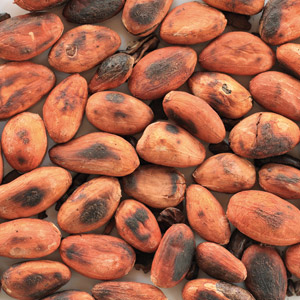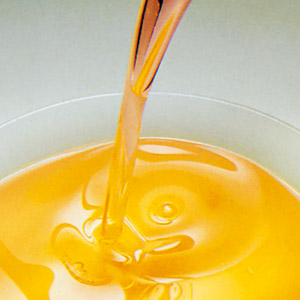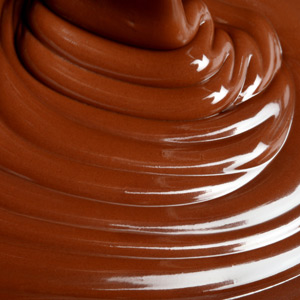The history of chocolate
A cocoa-addicted Aztec ruler, a rough-talking botanist, and a resourceful English industrialist - all of them occupy a firmly established place in the history of chocolate. Find out here where chocolate comes from and how it found its way into our department stores (and hearts).
Find out more
Development and manufacturing of the chocolate
When it comes to processes such as mixing and rolling, hardly anyone would think of anything as fine and delectable as chocolate. But chocolate-making is a highly technical, labor-intensive matter - and a demanding one at that. Get a glimpse into production at our chocolate factory.
